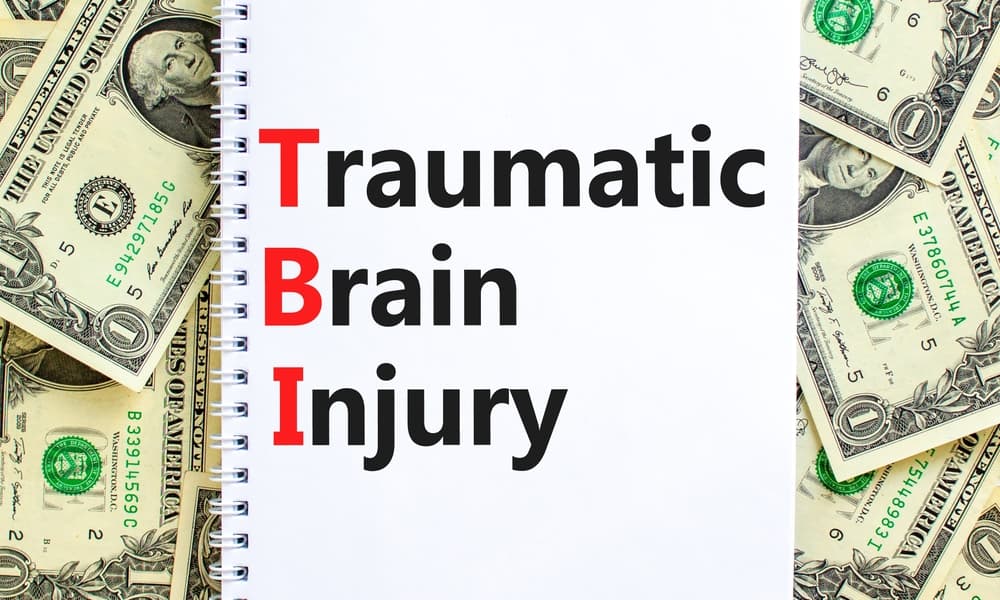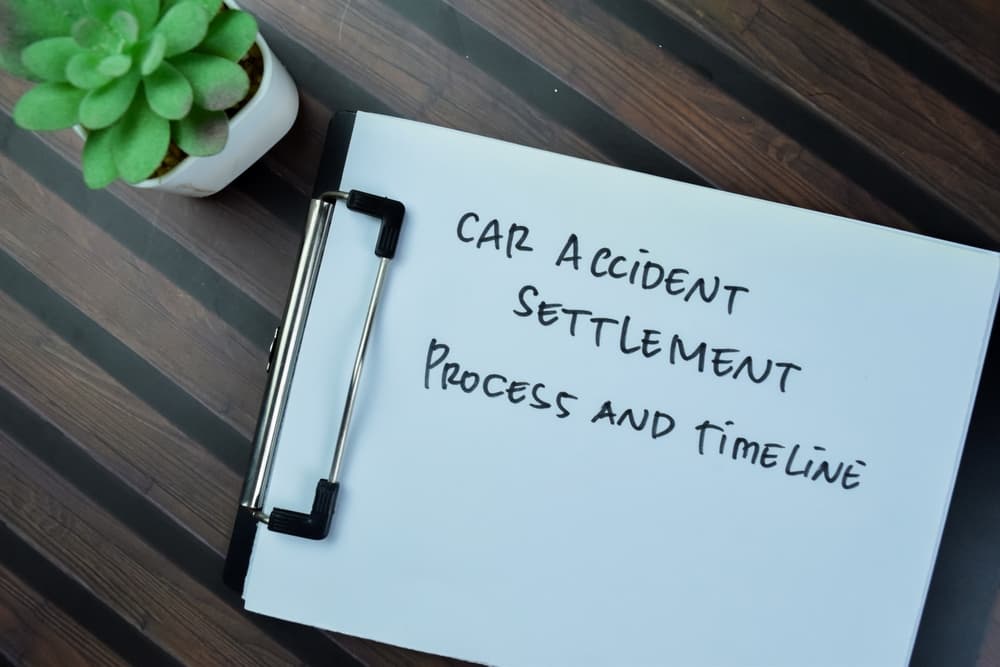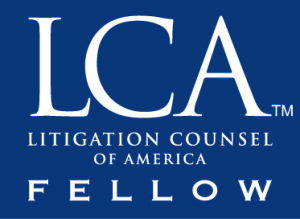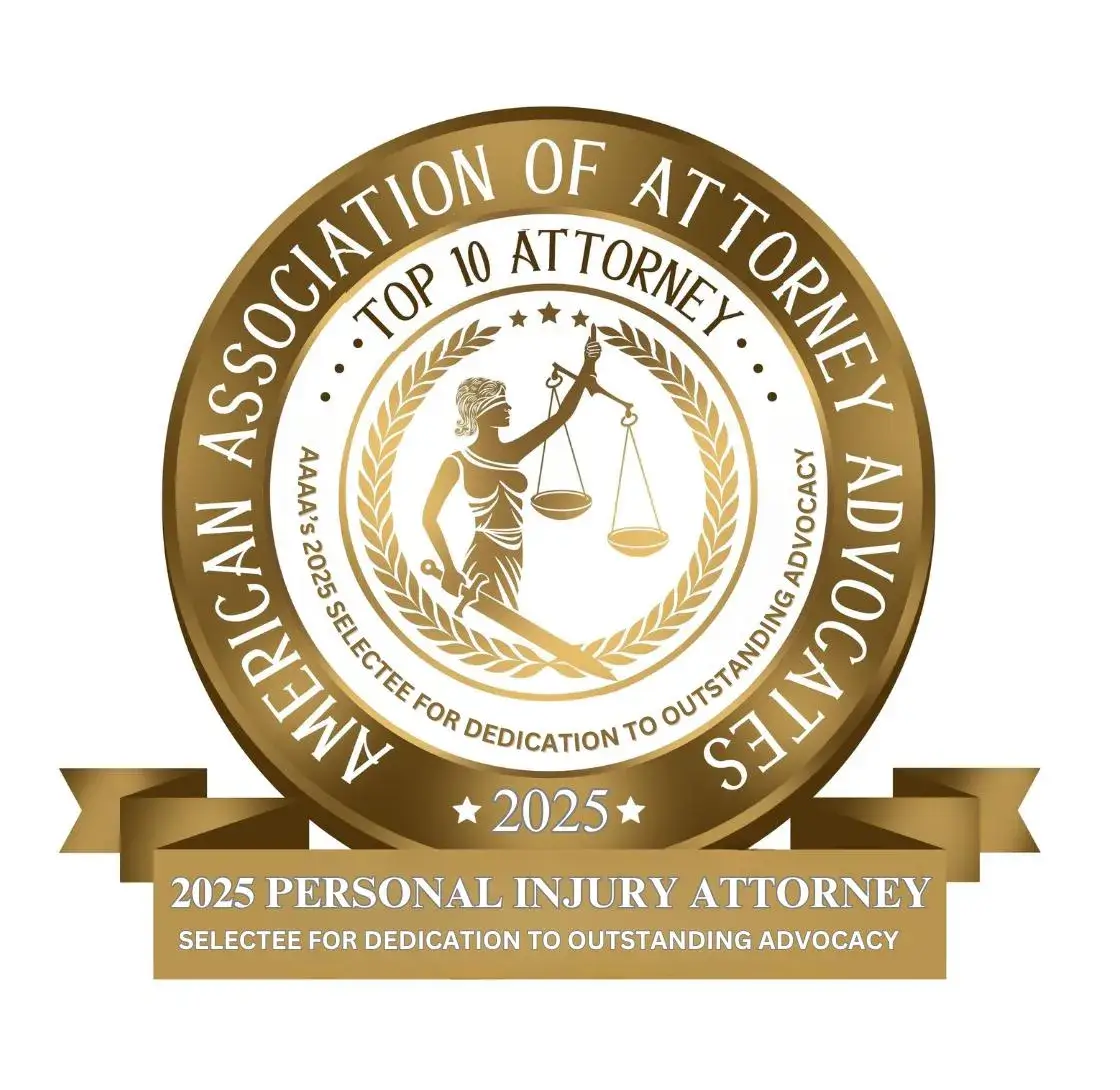
How Much Will I Get for Pain and Suffering After a TBI? A Guide for Northern New Jersey Residents
There is no simple calculator for pain and suffering after a Traumatic Brain Injury (TBI). The final value depends entirely on proving the extent to which the injury has rewritten every aspect of your life.
The most difficult part of a TBI claim is quantifying these invisible injuries—the changes in personality, the chronic headaches, the memory gaps, the loss of enjoyment in life. These are not line items on a medical bill that can be neatly tallied up. But with the right help, it is possible to put a value on it. Here’s how we do it.
If you have questions about your specific situation, call Maggiano, DiGirolamo & Lizzi, P.C. at (201) 585-9111 for a no-cost consultation with an experienced traumatic brain injury lawyer.
Table of contents
- What Does “Pain and Suffering” Truly Mean After a TBI?
- How Insurance Companies Calculate TBI Pain and Suffering (And Why Their Math Doesn’t Add Up)
- How We Build the Real Story of Your TBI’s Impact
- New Jersey Law and Your TBI Settlement
- Structured Settlements: Long-Term Security After a Severe TBI
- The “Delay, Deny, Defend” Strategy: How Insurers Undermine High-Value TBI Claims
- Common Questions About TBI Compensation
- Your Case is About More Than a Number—It’s About Your Future
What Does “Pain and Suffering” Truly Mean After a TBI?
Pain and suffering is legal language for the “human cost” of an injury. It’s the gap between your life before the accident and your life now.
The Physical Pain
This isn’t referring to medical bills, but rather, the physical consequences you now have to deal with throughout your life. It could be the chronic migraines that flare up on cold mornings. Or the dizziness that makes walking through the grocery store in Hackensack a challenge. It could also be the sensitivity to light that keeps you inside on a sunny day at Palisades Interstate Park.
The Emotional and Cognitive Suffering (The Invisible Injury)
This is the heart of a TBI claim. It includes:
- Loss of Enjoyment of Life: The inability to enjoy hobbies, social gatherings, or family activities that once brought you joy. For some in our Teaneck community, this could mean being unable to attend weekly services or community events that are central to their life.
- Emotional Distress: The anxiety, depression, frustration, and personality changes that frequently follow a TBI. It’s the short temper you never had before, or the fog that makes simple decisions feel monumental.
- Cognitive Impairment: The daily struggle with memory, concentration, and focus. It’s forgetting a conversation you just had or being unable to follow the plot of a movie.
Proving this suffering is like trying to describe the weight of a shadow. You can’t put it on a scale, but you can show the space it darkens. Our job is to illuminate that space for a jury or insurance adjuster.
How Insurance Companies Calculate TBI Pain and Suffering (And Why Their Math Doesn’t Add Up)
Insurance companies need a formula to process thousands of claims. They typically start with one of two methods.
The “Multiplier Method”
How it works: They take your total economic damages (medical bills, lost wages) and multiply them by a number, usually between 1.5 and 5. The more severe the documented injury, the higher the multiplier.
Why it fails for TBIs: A TBI with “low” medical bills can still be catastrophic. A concussion might only involve a few thousand dollars in ER bills but result in months or years of debilitating post-concussion syndrome, causing you to lose a job that paid six figures. The multiplier method completely ignores this reality.
The “Per Diem” Method
How it works: This method assigns a dollar amount to each day you suffer from your injuries, from the date of the accident until you reach maximum medical improvement.
Why it fails for TBIs: Brain injuries are not linear. You may have good days and terrible days. Symptoms can persist for a lifetime, long after a doctor says you are “recovered.” How can you assign a daily rate to a permanent change in your personality or cognitive function?
The Takeaway
These methods are a starting point for negotiation, not the final word on what your case is worth.
How We Build the Real Story of Your TBI’s Impact
Our approach isn’t based on a simple formula. It’s based on building a comprehensive narrative, supported by unshakeable evidence. We fill the boxes with proof until the full picture of your loss is undeniable.
A. The Foundation: Documenting the Injury Itself
- Medical Records are the Start: We gather every record—from the first responders in Fort Lee to the neurologists at Hackensack University Medical Center.
- Beyond the Initial Diagnosis: We work with medical professionals to get advanced imaging (like diffuse tensor imaging) that can show brain damage not visible on standard MRIs or CT scans.
- Neuropsychological Evaluation: A neuropsychologist conducts extensive testing to objectively measure cognitive deficits in memory, processing speed, and executive function. This turns subjective complaints into objective data.
B. The Narrative: Testimony from Those Who Know You
Your Own Testimony: We prepare you to explain, in your own words, how your life has changed. Not with legal jargon, but with real-life examples.
“Before and After” Witnesses: The most powerful evidence often comes from others. We interview family, friends, and coworkers from your community.
- A spouse who can talk about personality changes.
- A child who can explain that their parent can no longer help with homework.
- A boss from your Englewood office who can attest to a decline in work performance.
For our clients who primarily speak other languages, such as Korean, we understand the importance of family testimony and will work respectfully to gather these stories.
C. The Financial Future: Quantifying Long-Term Needs
Life Care Planners: For severe TBIs, we bring in a life care planner. This is a medical expert who creates a detailed, evidence-based projection of your future medical and personal needs—from medication and therapy to in-home care and assistive technology. This might run into the millions of dollars over a lifetime.
Vocational Experts: If you can no longer work in your previous field, a vocational expert analyzes your skills and limitations to determine your diminished earning capacity over your lifetime. This is especially important given that a significant percentage of people with a moderate to severe TBI are unable to return to their previous jobs.
D. The Daily Record: Journals and Logs
We encourage our clients to keep a simple, daily journal. This helps capture the human details that are easily forgotten.
Example Entry: “Oct 5. Woke up with a migraine again. Had to cancel lunch with my friend in Palisades Park. Light from the window felt like a drill in my head. Couldn’t help my son with his math homework because the numbers were swimming.” This is more powerful than any doctor’s note.
New Jersey Law and Your TBI Settlement
New Jersey’s “Comparative Negligence” Law
In simple terms, this law looks at whether you were partially at fault for the accident. New Jersey’s Comparative Negligence Act dictates that your total compensation, including for pain and suffering, is reduced by your percentage of fault.
If you are found to be 20% at fault, your final award is reduced by 20%. If you are more than 50% at fault, you cannot recover any compensation.
The other side’s insurance company will almost always try to assign some blame to you to reduce their payout. We anticipate this and build a strong case from day one to counter these arguments.
The Statute of Limitations
In New Jersey, you generally have two years from the date of the accident to file a lawsuit for a personal injury.
If your injury was caused by a public entity (like a pothole on a municipal road in Lodi or an issue with a town vehicle), the deadline is much shorter. You must file a formal Notice of Tort Claim within just 90 days. Missing this deadline usually permanently bars you from seeking compensation.
Structured Settlements: Long-Term Security After a Severe TBI
For individuals with moderate to severe traumatic brain injuries, receiving a large lump-sum settlement can create new challenges. Managing that money over a lifetime—especially with ongoing cognitive deficits—requires careful planning. That’s where structured settlements come in.
What Is a Structured Settlement?
A structured settlement spreads your compensation over time in the form of regular tax-free payments, often monthly or annually. These payments can be customized to match your specific future needs, such as:
- Ongoing therapy or in-home care
- Annual medical reviews or imaging
- Housing modifications or assistive equipment
- Support during retirement years if you’re unable to return to work
Why It Matters for TBI Victims
Cognitive impairments from TBI can affect judgment, memory, and executive function, making it harder to manage a lump-sum award. A structured settlement reduces the risk of mismanaging funds and provides consistent, predictable income.
We work closely with:
- Life care planners to assess your long-term needs
- Financial experts to build settlement structures that protect your future
Structured settlements are particularly useful in cases involving minors, clients with permanent disability, or families seeking long-term financial stability. We’ll help you decide whether it’s the right choice in your case and ensure it’s set up properly.
The “Delay, Deny, Defend” Strategy: How Insurers Undermine High-Value TBI Claims
When an insurance company sees a claim with a potentially large payout—like one involving a traumatic brain injury—it may shift into what’s known in the industry as the “Delay, Deny, Defend” playbook. This strategy minimizes losses by dragging out the process, casting doubt, and wearing you down.
Delay
The insurer may take weeks—or months—to respond to basic questions, process documents, or return calls. Common delay tactics include:
- Repeatedly “losing” paperwork
- Claiming they are “waiting for additional documentation”
- Requesting unnecessary or redundant forms
The goal: exhaust your patience and finances, so you’re more likely to accept a lower settlement.
Deny
Even with clear medical evidence, the insurer may dispute your injury. In TBI cases, they often:
- Label symptoms as “subjective” or “psychological”
- Use biased Independent Medical Examiners (IMEs) to issue reports that contradict your treating doctors
- Argue that your injury stems from a pre-existing condition
Defend
If you refuse to settle for less, the insurer may prepare to litigate. This isn’t always because they think they’ll win—it’s to force you into a prolonged, expensive legal fight that could pressure you into settling on their terms.
TBI victims are particularly vulnerable to this strategy because of:
- Delayed symptom onset
- Difficulty articulating cognitive or emotional changes
- The sheer cost and time needed to gather expert medical testimony
Our Role: We know this strategy. We build ironclad evidence from day one—through expert evaluations, witness statements, and detailed medical documentation—so the insurer knows delay tactics won’t work. And if they try to play hardball, we’re ready to take your case to trial.
You focus on your recovery. We’ll handle their games.
Common Questions About TBI Compensation
How long will my TBI case take to settle?
Simple cases with clear liability might settle in under a year. However, complex TBI cases that require extensive expert testimony and go to trial can take two to three years or more. Rushing to an early settlement is usually a mistake, as the full extent of a TBI may not be known for many months.
What if my symptoms get worse after I've already settled?
Once you sign a final settlement agreement, your case is closed forever. You cannot go back and ask for more money, even if your condition deteriorates. This is why it is so important to have a complete picture of your long-term prognosis before any settlement is reached.
Do I have to go to court to get pain and suffering compensation?
Most TBI cases (over 90%) settle out of court. However, the ability and willingness to take a case to trial is what forces an insurance company to make a fair offer. They know we prepare every case as if it will be heard by a jury in the Bergen County Justice Center.
Can I still get pain and suffering damages if the TBI happened at work?
Workers’ compensation in New Jersey typically does not provide separate damages for pain and suffering. However, if your workplace accident was caused by a “third party” (e.g., a negligent driver while you were making a delivery, or a defective piece of equipment manufactured by another company), you may be able to file a separate personal injury lawsuit against that third party to recover pain and suffering damages.
My TBI was diagnosed as "mild." Does that mean my pain and suffering award will be small?
Not at all. The medical term “mild” TBI (mTBI) is misleading. It refers to the initial presentation of the injury (e.g., a brief loss of consciousness), not the long-term functional outcome. A “mild” TBI sometimes lead to severe, chronic post-concussion syndrome that has a devastating impact on your life and therefore can result in a significant pain and suffering award.
Your Case is About More Than a Number—It’s About Your Future
The purpose of a pain and suffering award is not to erase what happened.
- It is to provide the resources you need to build the best possible future.
- It is financial stability when your earning potential has been compromised.
- It is access to the best care.
- It is an acknowledgment of the profound, personal losses you have endured.
Let our personal injury lawyers team handle the legal hassles so you can put your energy where it’s needed most—on your recovery. Call Maggiano, DiGirolamo & Lizzi, P.C. today at (201) 585-9111 to discuss how we can help.



















